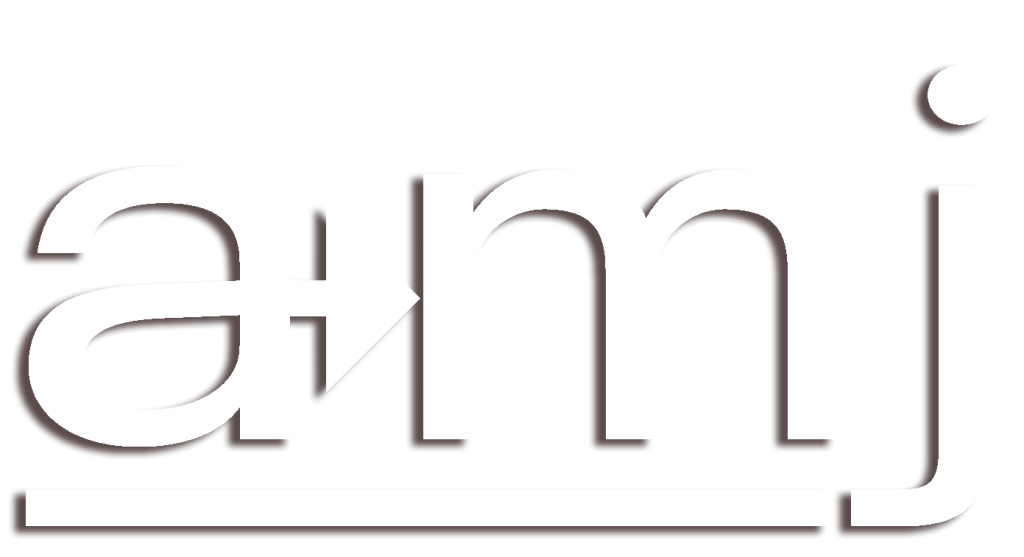
SAM ADVANCED MANAGEMENT JOURNAL
Exploring Employee Attitudes Toward Inclusivity
Michelle Region-Sebest, Heidi Batiste, and Emmanuel Ekigwe
DOI:
Citation: Region-Sebest, M., Batiste, H., & Ekigwe, E. (2022). Exploring employee attitudes toward inclusivity. SAM Advanced Management Journal, 87(3),65-74.
Abstract
Organizational leaders are expected to create diverse work environments fostering inclusivity; initially attracting, engaging, and retaining employees of different ages, races, genders, nationalities, religions, viewpoints, and other important distinctions, and then ensuring an environment that recognizes and nurtures each of these differences towards mission accomplishment. Examining current DEI programs can establish congruence between aspirational employer diversity, equity, and inclusion practices and those present in organizations. To better understand whether employees across diverse boundaries, in particular, racial and/or ethnic boundaries, perceive being included in the same way. Through the perception of a DEI program’s importance, an observation can be made as to whether the characteristics of inclusion, as garnered through research on top employer DEI programs, resonate in the same way among all employees, regardless of race or ethnicity. Such findings have the potential to inform the creation and implementation of more effective and inclusive programming in the future.
References
Acker, J. (2006). Inequality regimes: Gender, class, and race in organizations. Gender & Society, 20(4), 441–464. https://doi.org/10.1177/0891243206289499
Cook, I. (2021, September 15). Who is driving the great resignation? Retrieved from Harvard Business Review website: https://hbr.org/2021/09/who-is-driving-the-great-resignation
Cuyler, A. C. (2022). Access, diversity, equity, and inclusion (ADEI) in cultural organizations: Challenges and opportunities. In A. Rhine & J. Pension (Eds.), Business Issues in the Arts (pp. 83–104). London: Routledge. https://doi.org/10.4324/9781003207535-5
Deloitte University Press. (2017). Deloitte human capital trends report. In Deloitte University Press. Retrieved from https://www2.deloitte.com/content/dam/Deloitte/global/Documents/About-Deloitte/central-europe/ce-global-human-capital-trends.pdf
Giovannini, M. (2004). What gets measured gets done: Achieving results through diversity and inclusion. Journal for Quality and Participation, 27(4), 21.
Hattery, A. J., Smith, E., Magnuson, S., Monterrosa, A., Kafonek, K., Shaw, C., … Kanewske, L. C. (2022). Diversity, equity, and inclusion in research teams: The good, the bad, and the ugly. Race and Justice, 12(3), 215336872210873. https://doi.org/10.1177/21533687221087373
Kraus, M. W., Torrez, B., & Hollie, L. (2021). How narratives of racial progress create barriers to diversity, equity, and inclusion in organizations. Current Opinion in Psychology, 43(1), 108–113. https://doi.org/10.1016/j.copsyc.2021.06.022
Link, J. (2019). Council post: The difference between workplace equity and equality, and why it matters. Retrieved from Forbes website: https://www.forbes.com/sites/forbeshumanresourcescouncil/2019/08/15/the-difference-between-workplace-equity-and-equality-and-why-it-matters/?sh=329f40713d31
Logan, N. (2021). Breaking down barriers of the past and moving toward authentic DEI adoption. In D. Pompper (Ed.), Public Relations for Social Responsibility (Communicating Responsible Diversity, Equality, and Inclusion) (pp. 3–17). Bingley: Emerald Publishing.
McCoy, A. (2019). An intragenerational examination of millennials’ perceptions concerning diversity and inclusion programming within the workplace (Dissertation). The Chicago School of Professional Psychology.
Myers, C. (2018). Inclusion in practice: Takeaways from the DMI conference. Design Management Review, 29(3), 18–22. https://doi.org/10.1111/drev.12131
Pandey, V. K., Shanahan, K. J., & Hansen, S. W. (2005). The relationship between shareholder wealth effects, diversity, and publicity as a marketing strategy. Journal of the Academy of Marketing Science, 33(4), 423–431. https://doi.org/10.1177/0092070305277384
Primecz, H., Mahadevan, J., & Romani, L. (2016). Why is cross-cultural management scholarship blind to power relations? Investigating ethnicity, language, gender and religion in power-laden contexts. International Journal of Cross Cultural Management, 16(2), 127–136. https://doi.org/10.1177/1470595816666154
Robinson, G., & Dechant, K. (1997). Building a business case for diversity. Academy of Management Perspectives, 11(3), 21–31. https://doi.org/10.5465/ame.1997.9709231661
Rosso, K. (2021). Facing the white elephant in the room: Engaging Whites in justice, equity, diversity, and inclusion. Organization Development Review, 53(3), 56–60.
Sabharwal, M. (2014). Is diversity management sufficient? Organizational inclusion to further performance. Public Personnel Management, 43(2), 197–217. https://doi.org/10.1177/0091026014522202
Stovall, J. (2022). The burden of belonging. Retrieved from NeuroLeadership Institute website: https://neuroleadership.com/your-brain-at-work/burden-of-belonging
Vespa, J., Medina, L., & Armstrong, D. M. (2020). Demographic turning points for the United States: Population projections for 2020 to 206. United States Census Bureau. Retrieved from United States Census Bureau website: https://www.census.gov/library/publications/2020/demo/p25-1144.html
Zheng, L. (2019, October 28). How to show white men that diversity and inclusion efforts need them. Retrieved from Harvard Business Review website: https://hbr.org/2019/10/how-to-show-white-men-that-diversity-and-inclusion-efforts-need-them
